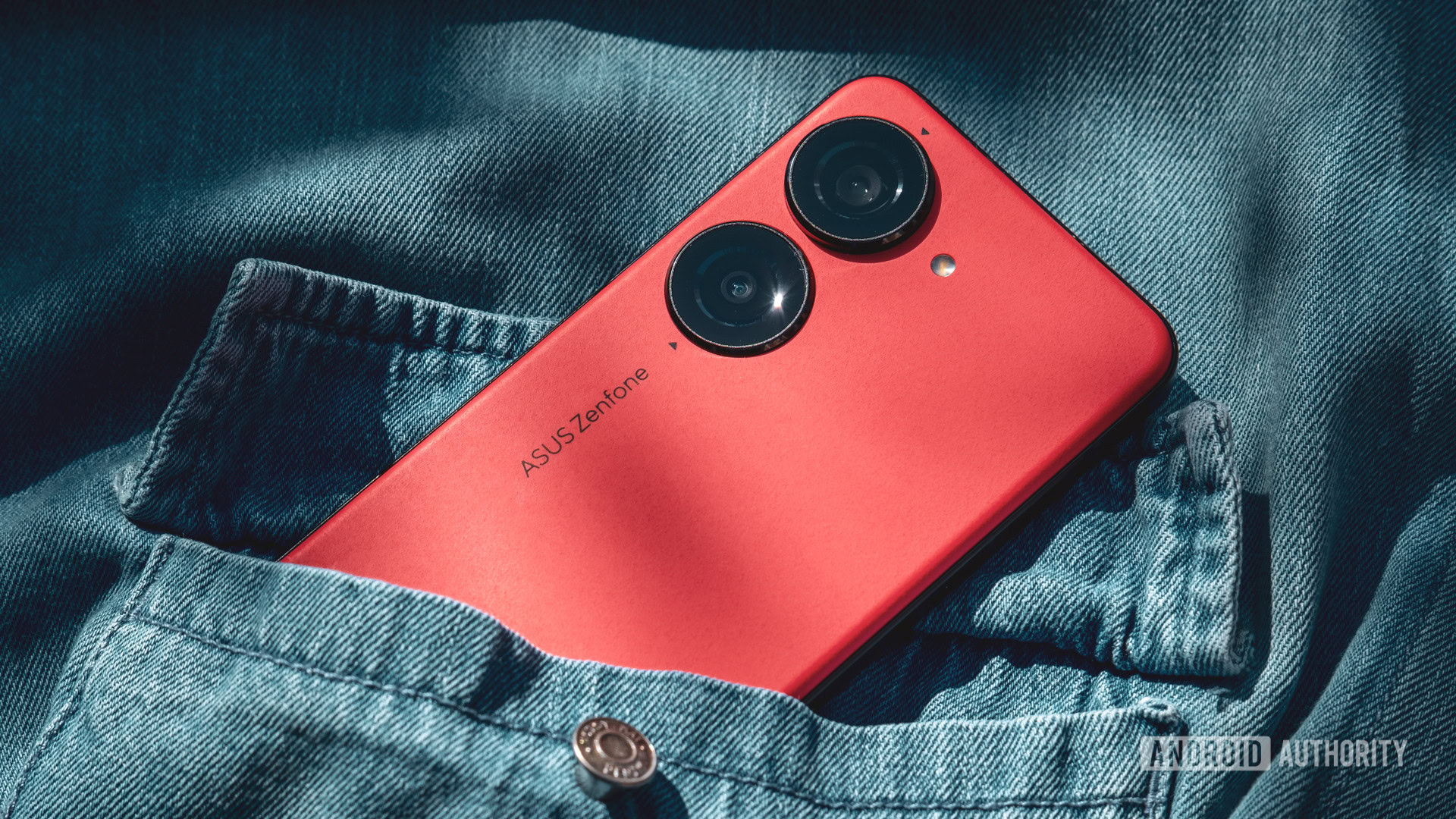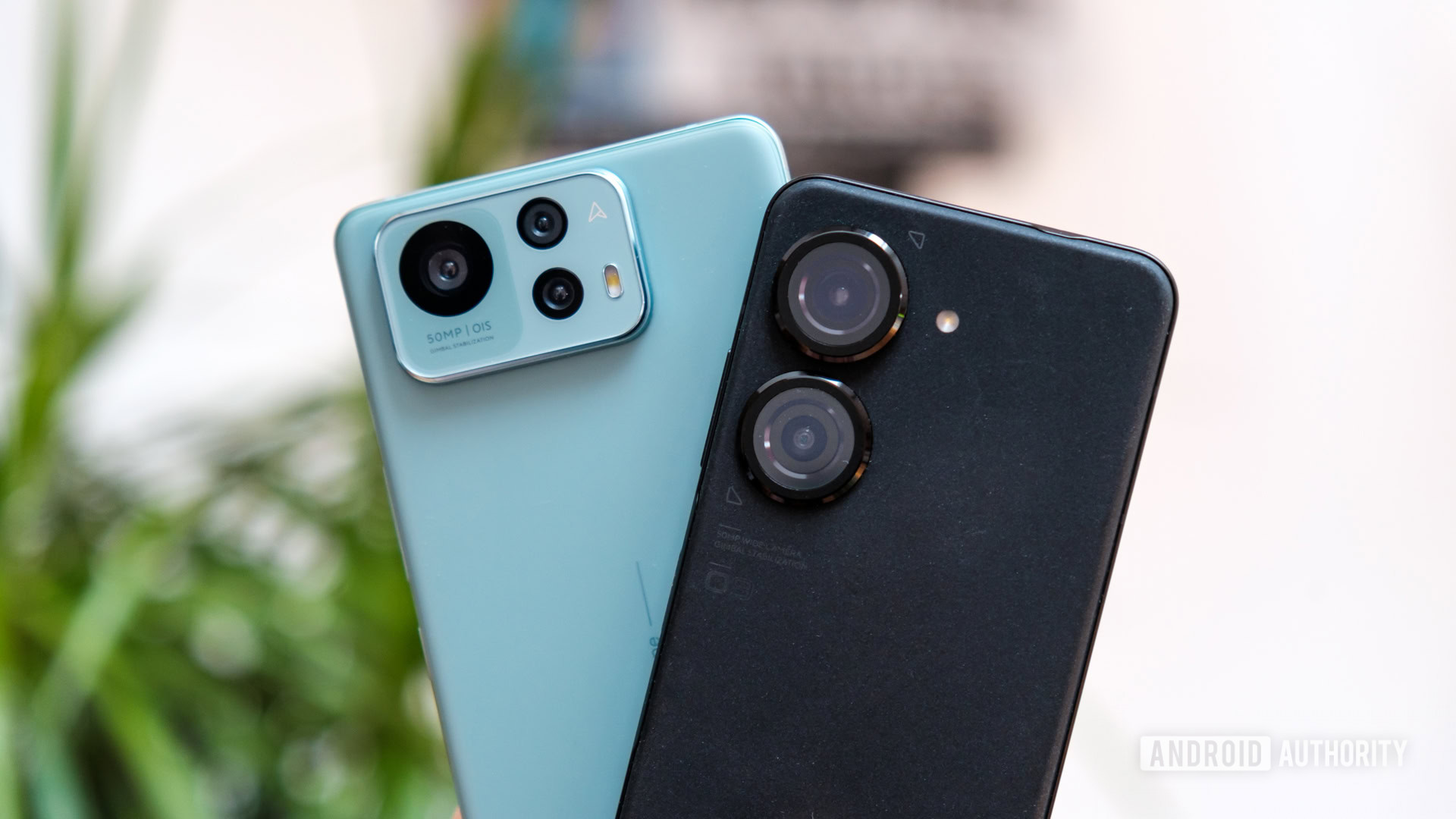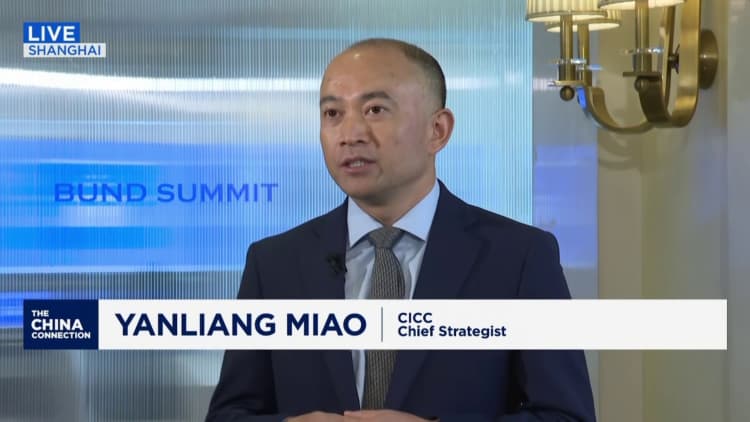I tried the new 12 Ultra, but it just made me miss the little ASUS Zenfone


Robert Triggs / Android Authority
Despite their cult following, I know compact phones don’t sell well. Don’t ask me why; they just don’t. Between Sony’s Compact range, the iPhone Mini series, and smaller ASUS Zenfone models, plenty have tried and failed to make smaller phones a mainstream success. The iPhone SE is still kicking around, but only really because it’s a cheap way to buy Apple cred. Still, having spent a couple of weeks with the ASUS Zenfone 12 Ultra, I’m really missing the little Zenfone 10 (again).
It’s not that the gigantic Ultra is a lousy phone. It’s a bit overpriced but offers exceptional battery life, brilliant charging, and top-tier performance. It also has room for a telephoto camera, whereas the smaller Zenfone 10 has a more limited main/ultrawide combo. Bigger is almost always better when you rattle through core specs and other metrics that are often thought of as making for a great handset. It’s what makes those gigantic Ultras, well, ultra, after all.
Would you actually spend money on a sub-6 inch phone?
0 votes
The everything-and-the-kitchen-sink approach works, but it’ll cost you close to $1,200 these days. Even then, can a phone really be all that special when it looks and feels virtually identical to every other gargantuan phone on the market? My biggest disappointment with the Zenfone 12 Ultra (and many other recent oversized flagships) is that I’d seen virtually all of it before. We’ve leveled very similar criticisms at the new Samsung Galaxy S25 series. Too familiar. Too boring. Littler phones, by comparison, have often been more interesting, at the very least.
Despite appearances, brands know that smartphone hardware is already pretty much as good as anyone needs; it’s why they’re so desperate to cram AI into everything in a vain bid to tiptoe above the crowd. Barring something really exceptional, software tweaks are rarely what motivates consumers to try out something new, and AI isn’t going to change that fact. Even popular features like iMessage or Call Screen might be a reason to stick with a brand, but they aren’t the defining characteristic that makes the iPhone or Pixel great — that’s down to a combination of what the phone can really do for us, how it feels to use, and even fashionable status.

Robert Triggs / Android Authority
Compact phones often excel at that mostly intangible but hugely important sense of identity. They’re something a bit more unique and even a little bit exciting. Seeing what they can do is just so much more fun, for a start, and simply being a bit offbeat makes them stand out as something to recommend to people bored of the various shades of gigantic glass slabs that have infested the market in recent years. When I was reviewing the Zenfone 10, it turned heads and even started the odd conversation; I can’t say the same about any of the other flagships I’ve reviewed this year.
Reflecting on all the small phones I’ve enjoyed over the years, it’s the essence of doing more with less and working harder to stand out that has often made them so memorable. It’s the Napoleon complex in tech form, I suppose. At the time, the Zenfone 9 experimented with colorful grippy polycarbonate backs, physical back tap gestures, and even crammed in a decent-sized battery, while the little 10 squeezed wireless charging in there, all while keeping the 3.5mm jack. All that felt more impressive in a 5.9-inch form than having all the space in the world to work with inside a 6.8-inch behemoth.
Compact phones have often stood out thanks to unique ideas and features.
This doesn’t just apply to the Zenfone. The tiny Pixel 4 tried (and failed) at something new with Soli, but at least it was memorable. Google’s more beloved Pixel 5 was, by all accounts, a mid-range model in the core specs department. However, it stood out with wireless charging, an IP68 rating, and camera smarts that punched well above its weight packaged in a form factor that could slip into the trimmest of pockets. Likewise, Sony’s Compact models always held a special place in my heart because they showed that powerhouse phones with great cameras didn’t have to be absolutely humungous. Sadly, the Xperia 5 doesn’t quite live up to that history.
That’s not to say bigger phones can’t ape these interesting ideas. We all long for more exciting colors and back panel materials, and some brands dabble in additional buttons and features. But today’s development budgets are consumed mainly by AI and tech specs, and there’s certainly no appetite for the risk of something too daring or fun. Apple and Samsung, in particular, seem almost afraid to deviate from their current formula, and it’s sucked the joy out of smartphone launch season. Sadly, 6.2-inch entry-level flagships seem as small as the market is willing to go, but these models are virtually always shadows of their Ultra siblings in both features and interest.
I suppose clamshell foldables are where the fun is these days — at least they were until the Galaxy Z Flip 6 became stale, too. They’re pocketable for a start, often come in funky colorways, and the likes of the Moto Razr strive to do more without compromising on their small stature or more affordable price tag. The upcoming slimline Galaxy S25 Edge and iPhone 17 Slim will also give consumers something a bit different to mull over. Perhaps seeing what these slim models can do will tide me over, but I’m still longing for someone to have another crack at the compact form factor, even if it won’t conquer the market. Perhaps there’s a small Zenfone 12 on the cards, ASUS?



